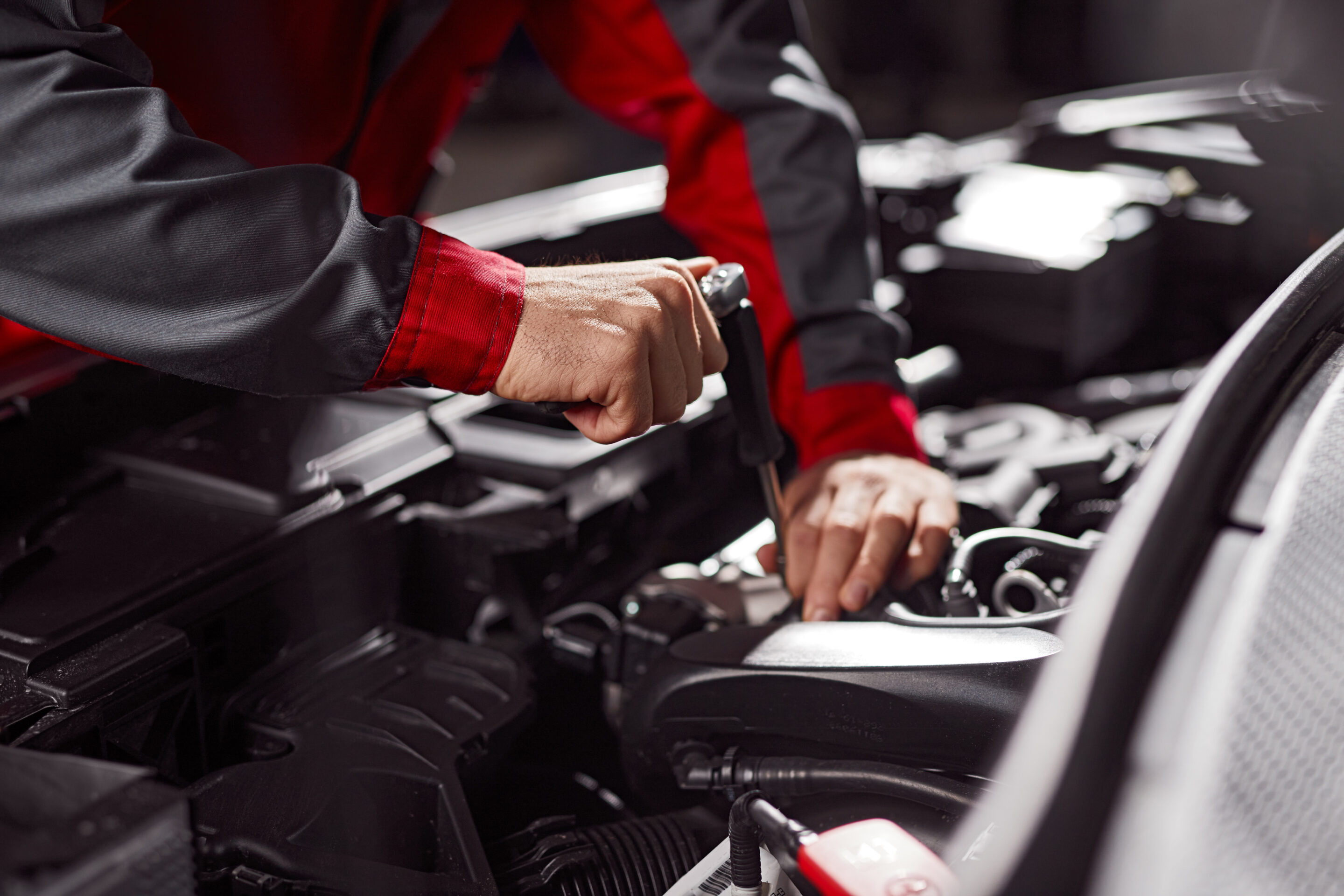The May 7, 2025, enforcement of the REAL ID Act marks a new moment for identity verification in the U.S., and auto dealerships are squarely in the crosshairs. As the federal government now requires all Americans over 18 to present a REAL ID-compliant driver’s license or ID for domestic air travel and access to certain federal facilities, the auto industry must also deal with the ripple effects on its own processes for verifying customer identities.
For dealers, this is not just a compliance issue. It’s an important opportunity to shore up defenses against a rising tide of sophisticated identity fraud.
The Challenge: Outdated and Manual Verification Processes
Despite the high stakes, many dealerships still rely on manual, outdated methods for verifying driver’s licenses. According to a recent survey, 52 percent of dealers said their primary method is simply photocopying the license. A staggeringly low 0.6 percent said they collect a digital copy, validate the license, and compare it against DMV records to truly verify the license belongs to an individual.
This reliance on manual checks is increasingly risky, especially as fraudsters become more adept at producing convincing fake or synthetic IDs. The problem is compounded by the rise of synthetic identity fraud, which now accounts for 80-85 percent of all identity fraud cases in the U.S. auto sector.
The REAL ID Shift: What Changes for Dealers?
REAL ID-compliant licenses are designed to be far more secure and harder to forge than their predecessors. Each state’s REAL ID features a unique star symbol sometimes embedded in state-specific icons, like California’s golden bear, making them visually distinct. The federal standards require applicants to provide multiple forms of documentation, including proof of identity, Social Security number, and residency, before a REAL ID is issued. This makes the new IDs a more robust foundation for verifying customer identities.
However, the transition is far from seamless. As of April 2025, dozens of states are still behind on compliance, with some, like New Jersey, reporting rates as low as 17%. This means that, for the foreseeable future, dealers will encounter a mix of legacy and REAL ID-compliant licenses, increasing the complexity of verification and the risk of accepting invalid or fraudulent documents.
The Risk: Synthetic ID Fraud and Dealer Liability
Synthetic identity fraud is now the most prevalent form of identity theft in the U.S., especially in the auto industry. Fraudsters create fictitious identities or manipulate real ones to secure loans and drive off with vehicles, leaving dealers and lenders to absorb the losses. The Federal Trade Commission estimates that synthetic fraud accounts for the vast majority of identity fraud cases in the sector.
Dealers are increasingly being held liable for these losses, with lenders often requiring repurchase of vehicles tied to fraudulent transactions. One misstep in the verification process can result in substantial financial and reputational damage.
The Solution: Moving Toward Automated, Fail-Safe Verification
Given the stakes, it’s clear that manual verification — photocopying licenses and visually checking for security features — is no longer sufficient. The industry needs a fail-safe, automated process that can reliably authenticate both legacy and REAL ID-compliant licenses. It also needs to be able to flag suspicious documents and cross-check data against authoritative databases in real time.
Advanced scanning and verification solutions, such as those that can instantly read, analyze, and validate the new REAL ID formats, are becoming essential. These systems can:
- Instantly detect the presence and authenticity of REAL ID-specific security features.
- Cross-reference extracted data with hundreds of databases to confirm identity validity.
- Flag inconsistencies or signs of tampering that manual checks would likely miss.
- Provide a digital audit trail for compliance and dispute resolution.
The proper scanning of REAL ID licenses should then lead into the ultimate ideal scenario that involves a fully integrated, secure system that captures and processes all customer information and personal documents digitally from the outset. This would include secure online portals for customers to upload verification documents, integrated credit application systems that feed directly into the digital deal jacket, and encrypted channels for transmitting financial information. Such a system would not only enhance security but also dramatically improve the efficiency of the entire sales process.
This technology is especially valuable during the transition period, when dealers will encounter a mix of old and new license formats, and the risk of synthetic fraud is at its highest.
Why a Robust Process Matters-Now More Than Ever
Even as most dealerships are aware of state release cycles and deadlines for REAL ID, the patchwork nature of compliance means that no dealer can afford to rely solely on visual inspection or manual processes. A fail-safe, automated verification process not only reduces the risk of accepting fraudulent IDs but also streamlines the customer experience. This is critical as more buyers expect fast, digital-first transactions.
As synthetic fraud schemes grow more sophisticated, and as regulatory scrutiny increases, dealerships that invest in robust ID verification technology will be better positioned to protect themselves, their customers, and their reputations. The REAL ID deadline is not just a compliance milestone. It’s a call to action for the auto industry to modernize its approach to identity verification and fraud prevention.
Related Stories:


 Ken Hill is managing director for 700Credit, the automotive industry’s leading provider of credit reports, compliance, soft pull and fraud prevention products. For more information, please visit
Ken Hill is managing director for 700Credit, the automotive industry’s leading provider of credit reports, compliance, soft pull and fraud prevention products. For more information, please visit 





